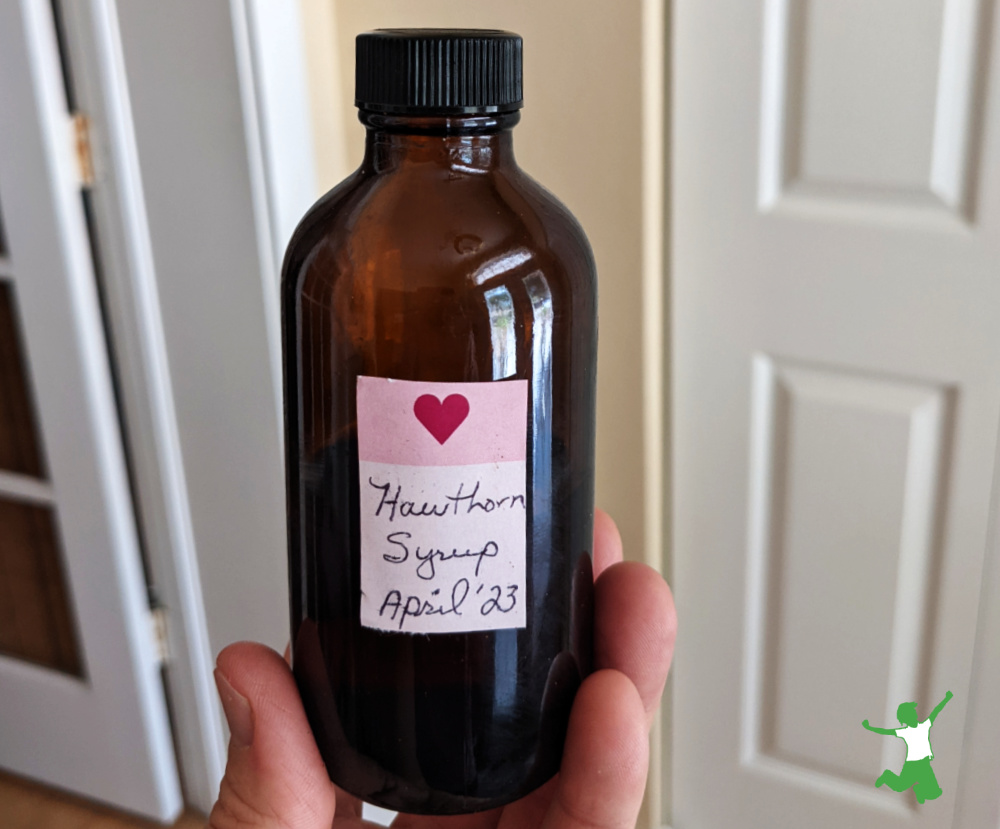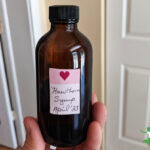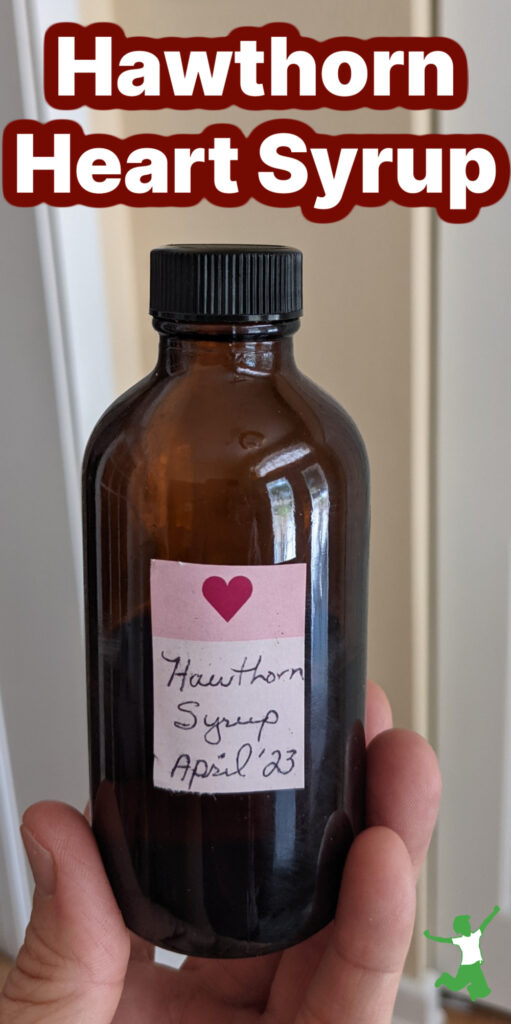Table of contents[Hide][Show]
A simple recipe to make hawthorn heart syrup from fresh or dried berries to improve high blood pressure symptoms or stop medication.

The article, titled What to do if your doctor says you have high blood pressure, generated a series of relieved emails to my inbox from reader friends who had no idea that the definition of high blood pressure had been secretly declining for decades.
This slow and steady game of redefinition was not in the best interests of patient health.
Rather, it was almost certainly intended to draw a growing pool of potential customers into the web of blood pressure medications, which in most cases will continue indefinitely.
A similar game has been played by the Medical Industrial Complex over an ever-changing definition of what constitutes high cholesterol to persuade more and more patients to take statin drugs…most often another life sentence.
However, there is a subset of patients taking high blood pressure medications who legitimately have a problem with high blood pressure.
For these situations, it’s best to exhaust all natural, non-toxic alternatives first.
Hawthorn in the scientific literature
One of the most potent compounds in the natural arsenal is the humble hawthorn berry, whose cardiovascular benefits are best harnessed by concocting a homemade syrup for everyday use.
There are many studies on the cardiovascular benefits of hawthorn. A summary is in the References section at the end of the article. (1-4)
In short, the bright red hawthorn berry (Crataegus sp.) is considered a “cardiotonic” herb.
As a bonus, it’s also very tasty!
Traditional uses
Traditionally, Native American tribes used hawthorn to treat heart problems and consumed the fruit as food.
Hawthorn also has a long history of use in Europe and China for food and traditional medicine.
success stories
While it’s best to use hawthorn to stay away from blood pressure medications, it’s possible to use it as a remedy to slowly wean them off.
For example, chef Dana Milford, author of the recipe below, helped her mom come off blood pressure medication by using a daily combination of nettle infusions with added hawthorn syrup.
In addition, her husband has had great results in lowering blood pressure with hawthorn syrup. He takes a couple of tablespoons a day.
Follow Chef Dana Milford to discover more of her recipes at her very informative For His Temple website.
Buy versus make
As with other remedies like immune-boosting elderberry syrup, it’s always better to make your own!
Not only do you save money, but you also get a fresher, purer product that, in most cases, is less processed.
However, if you absolutely can’t find the wherewithal to make your own, this brand of hawthorn syrup is available.
Note that commercial heart syrup contains glycerin, but your homemade version is far more potent (not to mention tastes better) if you use raw honey!

hawthorn syrup
A simple recipe to make hawthorn heart syrup from fresh or dried berries to improve high blood pressure symptoms or stop medication.
instructions
brandy tincture
-
Pour brandy over the berries in a quart glass to cover. If necessary, use a fermentation weight to ensure all berries are submerged. Rotate the jar once a day.
-
Check the alcohol level after the first week and top up with brandy if necessary to keep the berries submerged. Keep rotating the jar once a day.
-
After four weeks, strain the berries from the brandy. Set aside the brandy tincture for later.
berry decoction
-
Pour filtered water over the strained berries to cover them in a medium saucepan. Simmer gently for an hour. Stir occasionally.
-
After an hour, strain the berries. Squeeze the berries in a fine cheesecloth or thin cotton dishcloth to remove all of the juice.
-
If necessary, boil the brew to reduce to 2 cups. Cool down to body temperature (or at least a temperature below 118°F/47°C).
-
Stir in 2 cups of raw honey for decoction until completely dissolved. Heat at very low temperature if necessary to achieve this (less than 118°F/47°C). It is very important to keep the heat very low to preserve honey’s beneficial raw properties.
syrup
-
Mix 1/4 cup of the brandy tincture for each cup of the brew.
-
Decant syrup into clean, dark bottles. label and date.
-
Tip: Use extra brandy tincture for the next batch of syrup or use straight.
nutritional information
hawthorn syrup
Amount Per Serving (1 Tbsp)
calories 32
% Daily Value*
carbohydrates 8g3%
*Percent Daily Values are based on a 2000 calorie diet.

references
(1) Hawthorn: pharmacological and therapeutic uses
(2) Phytochemical and pharmacological activity profile of Crataegus oxyacantha L. (hawthorn) – a cardiotonic herb
(3) Fruits to prevent and treat cardiovascular diseases
(4) The effects of Crataegus pinnatifida (Chinese Hawthorn) to Metabolic Syndrome: A Review
